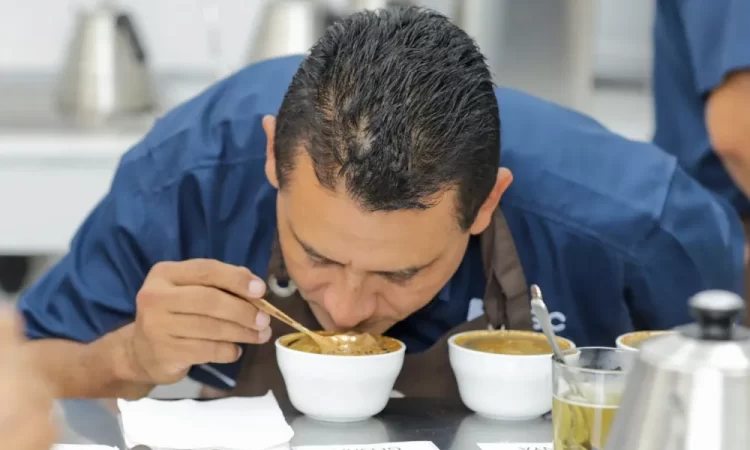
Flavour memory acts as a culinary compass guiding chefs through their creative process. This cognitive phenomenon allows culinary professionals to recall precise taste experiences and recreate or transform them into unique dishes. In cooking schools worldwide, students like Lianne Wadi train their palates to develop this essential skill—storing, recalling, and manipulating flavour profiles with remarkable precision. This sensory memory becomes the foundation for building signature dishes, connecting past experiences with future innovations.
When chefs close their eyes and recall the taste of their grandmother’s special sauce or a memorable meal from their travels, they access a complex neural network that stores these sensory experiences. This flavour database grows more sophisticated with each tasting, becoming a powerful tool in culinary creation.
Memory bank
Flavour memory operates on multiple sensory levels—taste, smell, texture, temperature, and emotional associations. Professional chefs develop this ability through years of dedicated practice and exposure to diverse ingredients. They learn to identify subtle notes in complex flavours and store them as mental reference points. These memories become a personal archive that influences every dish they create. This mental catalogue contains thousands of entries for culinary professionals, from the earthy bitterness of specific mushroom varieties to the flavour profile of regional olive oils.
Creative catalyst
What transforms good cooking into exceptional culinary artistry is how chefs leverage their flavour memories to create new combinations. This cognitive process allows for:
- Recognition of complementary flavour profiles that aren’t related
- Identification of subtle flavour gaps that need filling in a dish
- Prediction of how flavours will transform during cooking processes
- Intuitive understanding of the balance between contrasting tastes
Chefs who develop strong flavour memory can make quick, intuitive decisions during the creative process, knowing precisely how various ingredients will interact based on previous experiences.
Cultural connections
Flavour memories are deeply personal yet universally relatable. They carry cultural heritage and family traditions through generations of cooking. Many renowned chefs trace their signature dishes back to childhood food memories—not as exact replicas but as sophisticated reinterpretations. These dishes resonate with diners because they tap into shared cultural experiences while offering something fresh and unexpected. The most successful signature dishes often balance innovation with nostalgic elements that trigger diners’ flavour memories.
Training techniques
Culinary students can deliberately strengthen their flavour memory through specific practices:
- Maintaining detailed tasting journals documenting flavour profiles
- Practising blind tastings to identify ingredients without visual cues
- Creating flavour maps connecting related taste experiences
- Regularly revisiting familiar ingredients to notice subtle variations
Developing this skill requires constant attention to what we eat and how it affects our senses. Advanced chefs practice deconstructing complex flavours mentally, breaking them down into parts that can later be reconstructed in new ways.
Flavour memory represents the intersection of science and art in cooking. It combines neurological processes with creative expression, allowing chefs to communicate through taste. For those seeking to create truly memorable signature dishes, cultivating this sensory skill may be more valuable than mastering any technique or recipe. When chefs can access and manipulate their internal flavour library with precision, they possess the most essential ingredient for culinary innovation.

